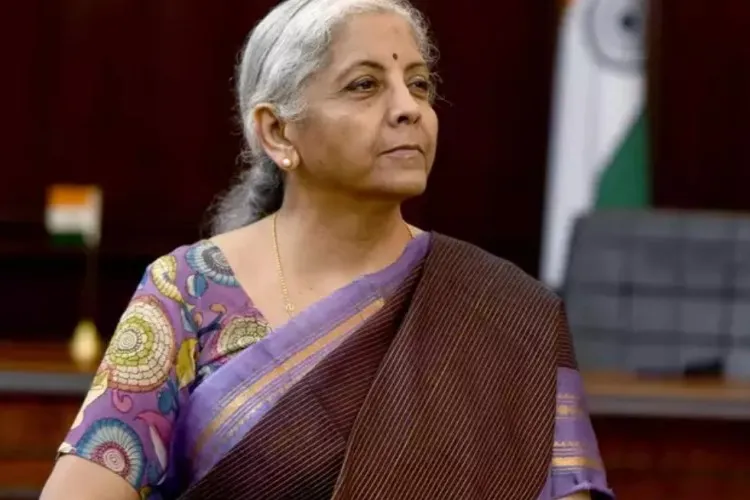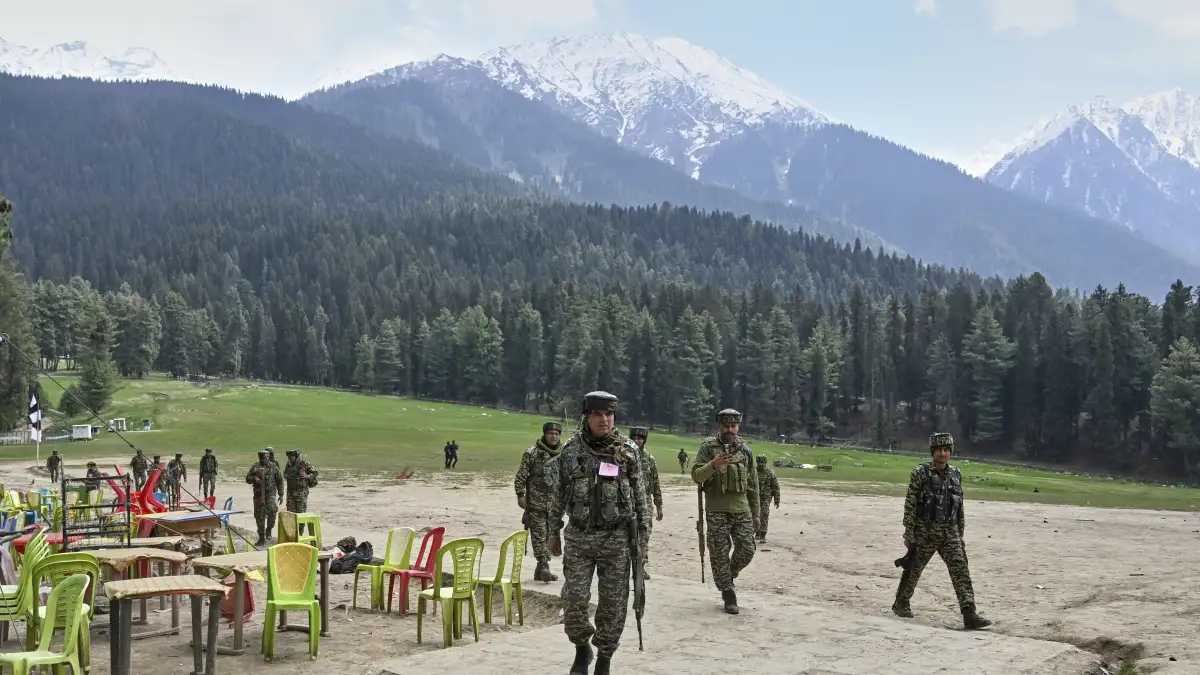The Union Budget presented on Tuesday marked the first budget by the third iteration of the NDA, coming just weeks after the BJP faced setbacks in the general elections.
This budget showcased a strong focus on job creation and youth-oriented schemes, introducing internship guarantees and employment-linked incentives. Additionally, it offered various benefits to key allies while striving to maintain fiscal discipline.
Union Finance Minister Nirmala Sitharaman’s seventh budget speech, her second-shortest, included significant changes in the tax regimes. These changes comprised an increase in long-term capital gains tax for listed assets from 10% to 12.5%, the removal of indexation for asset valuation, a flat 12.5% rate for real estate, the elimination of the angel tax for all investors, and a substantial reduction in customs duties on items like gold, silver, and mobile phones, making them cheaper for consumers.
Sitharaman also announced adjustments in the new tax regime, offering taxpayers annual savings of up to ₹17,500 and a review of the income tax act. She hinted at next-generation reforms and reported a fiscal deficit of 4.9%, aligning with India’s fiscal glide path established three years ago.
Prime Minister Narendra Modi praised the budget, stating, “The #BudgetForViksitBharat ensures inclusive growth, benefiting every segment of society and paving the way for a developed India.”
While the budget avoided populist measures, it did allocate considerable resources to Bihar and Andhra Pradesh, states governed by crucial allies Janata Dal (United) and Telugu Desam Party (TDP), respectively. Bihar, facing upcoming elections, received projects totaling roughly ₹59,000 crore, including infrastructure, flood control, and industrial development. Andhra Pradesh was allocated ₹15,000 crore for Amaravati’s construction, completion of the Polavaram dam, and other industrial projects, with additional funds promised if necessary.
Opposition leaders criticized the budget for lacking specific schemes for other states and neglecting BJP-ruled Maharashtra and Haryana, which are set for elections later this year. Rahul Gandhi, Leader of the Opposition, called it a “Kursi Bachao [save your chair] Budget,” accusing the government of hollow promises and copying Congress’s manifesto.
Despite this, NDA members welcomed the budget, with Bihar’s Chief Minister Nitish Kumar expressing satisfaction over the special assistance for his state.
The BJP’s recent election performance, attributed to declining support among young people, women, marginalized castes, and the rural poor, drove the budget’s focus on employment and youth programs. It introduced nine priority areas, including agriculture, employment, human resource development, manufacturing, urban development, energy security, infrastructure, innovation, and next-generation reforms, all while maintaining fiscal prudence.
Key highlights for young people included five schemes with a collective spend of around ₹2 lakh crore, targeting 41 million individuals. These schemes provided wage support, EPFO contribution incentives, skill development, and internships. Additionally, the budget proposed upgrading Industrial Training Institutes, government-backed skilling loans, and financial support for higher education loans, further emphasizing job creation.
Sitharaman also announced significant commitments to women’s development, with more than ₹3 lakh crore allocated for schemes benefiting women and girls, including working women’s hostels and affordable loans.
On fiscal discipline, the budget set a fiscal deficit target of 4.9% of GDP, down from the 5.1% interim budget target and 5.6% the previous year. The gross borrowing target was reduced to ₹14.01 lakh crore, while capital expenditure was projected at a record ₹11.11 lakh crore for long-term infrastructure.
Sitharaman reaffirmed the government’s commitment to fiscal consolidation, aiming to lower the deficit below 4.5% next year and ensuring central government debt declines as a percentage of GDP from 2026-27 onwards.
A revenue windfall, including a record ₹2.1 lakh crore dividend from the Reserve Bank of India and increased tax revenues, boosted government coffers, enabling higher spending while narrowing the fiscal deficit.
In the tax domain, the budget raised the short-term capital gains tax to 20% from 15% and the long-term capital gains tax to 12.5% from 10%, causing a temporary dip in India’s benchmark indices, which later recovered. Customs duties were reduced on various items, and the standard deduction limit was raised from ₹50,000 to ₹75,000, offering significant savings for salaried employees.
The budget also included increased funding for agricultural research, initiatives for small nuclear reactors and solar power, credit guarantees and cheap loans for MSMEs, expanded urban housing, a new scheme for tribal people, and digitized land records, indicating a move towards next-generation reforms and tax framework simplification.
Overall, the budget’s primary focus areas were addressing the job shortage, regaining support from key demographics, maintaining fiscal prudence, and ensuring the goodwill of critical allies.




